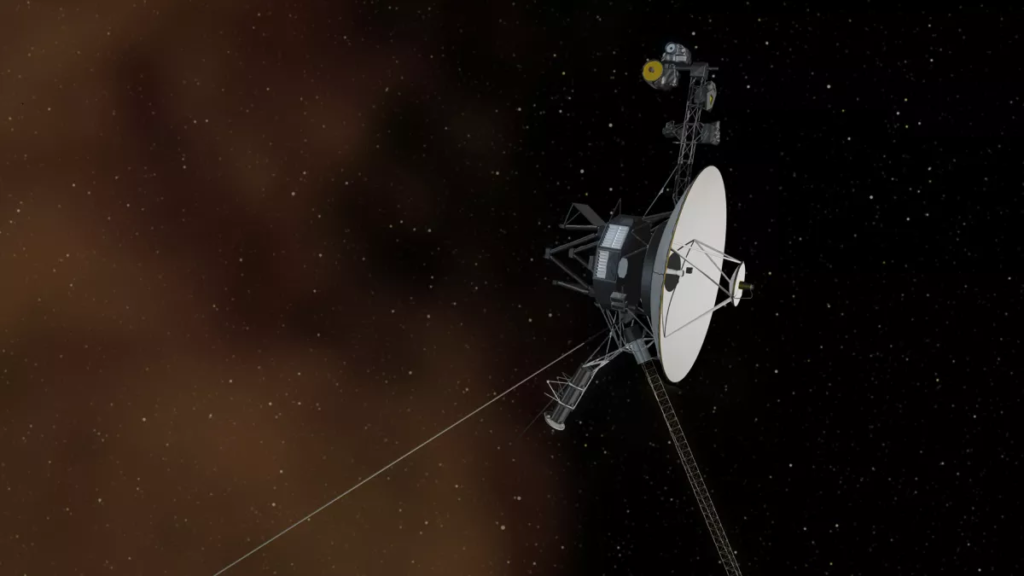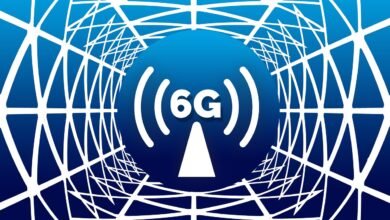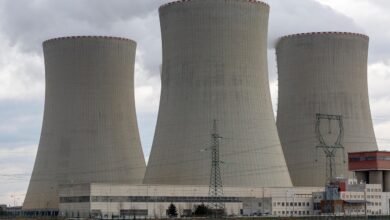
In the vast expanse of space, a resilient explorer reclaims its voice. NASA’s Voyager 2, a beacon of human ingenuity, has once again connected with Earth after a momentary communication blackout. Launched in 1977, this interstellar pioneer embarked on a journey that spanned billions of miles, bringing us closer to the cosmos’ mysteries.

An artist’s depiction of a Voyager probe entering interstellar space. (Image credit: NASA/JPL-Caltech)
The recent interruption occurred when Voyager 2’s antenna veered off track by two degrees due to an inadvertent command. Yet, the probe’s unyielding spirit prevailed. A “heartbeat” signal reassured NASA’s mission controllers that the spacecraft remained healthy, though contact was limited. The saga took an uplifting turn when the Deep Space Network facility in Australia transmitted a command, reorienting Voyager 2 and pointing its antenna back towards our home planet.
Eager anticipation filled mission control during the tense 37-hour wait. Success illuminated the room as data and science began flowing once more. Voyager 2 is back on its projected path, a testament to human collaboration and innovation. Its triumphant return to full communication echoes across the cosmos.

A diagram showing NASA’s Voyager 2 spacecraft entering interstellar space in November 2018. (Image credit: NASA /JPL-Caltech)
As Voyager 2’s message resounded, its official Twitter account captured the sentiment, stating, “Can you hear me now? So glad I can finally phone home.” The connection not only renews our dialogue with the probe but also rekindles a sense of connection to the broader universe.
Voyager 2’s achievements are astounding. After encountering Jupiter, Saturn, Uranus, and Neptune, it entered interstellar space in 2018, marking a historic milestone. Its twin, Voyager 1, ventured beyond our sun’s gravitational pull in 2012. Both probes have defied the passage of time, aided by engineers’ strategic adjustments to prolong their missions.
While the probes’ nuclear generators gradually lose power, ingenious strategies are deployed to extend their lifespan. Shutdowns of non-essential systems and conserving power resources have allowed Voyager 2 to continue gathering space data until at least 2026.
The Voyager missions resonate with humanity’s indomitable spirit of exploration. These emissaries of knowledge transcend generations, reminding us of our ceaseless pursuit of understanding. As Voyager 2 whispers through the cosmos once more, we are reminded that the quest for knowledge knows no bounds, and our connection to the universe remains unbreakable.

Welcome back, Voyager 2.@NASA has reestablished full communications with Voyager 2. We shouted 12.5 billion miles (19.9 billion km) into interstellar space, instructing it to turn its antenna back to Earth – and after 37 hours, we found out it worked! https://t.co/bJDKh6Icg5 https://t.co/wQh5JfmLfP
— NASA JPL (@NASAJPL) August 4, 2023
Introducing NASA’s On-Demand Streaming Service, NASA+ (Official Trailer)
Source From: https://www.jpl.nasa.gov/…





Your point of view caught my eye and was very interesting. Thanks. I have a question for you.